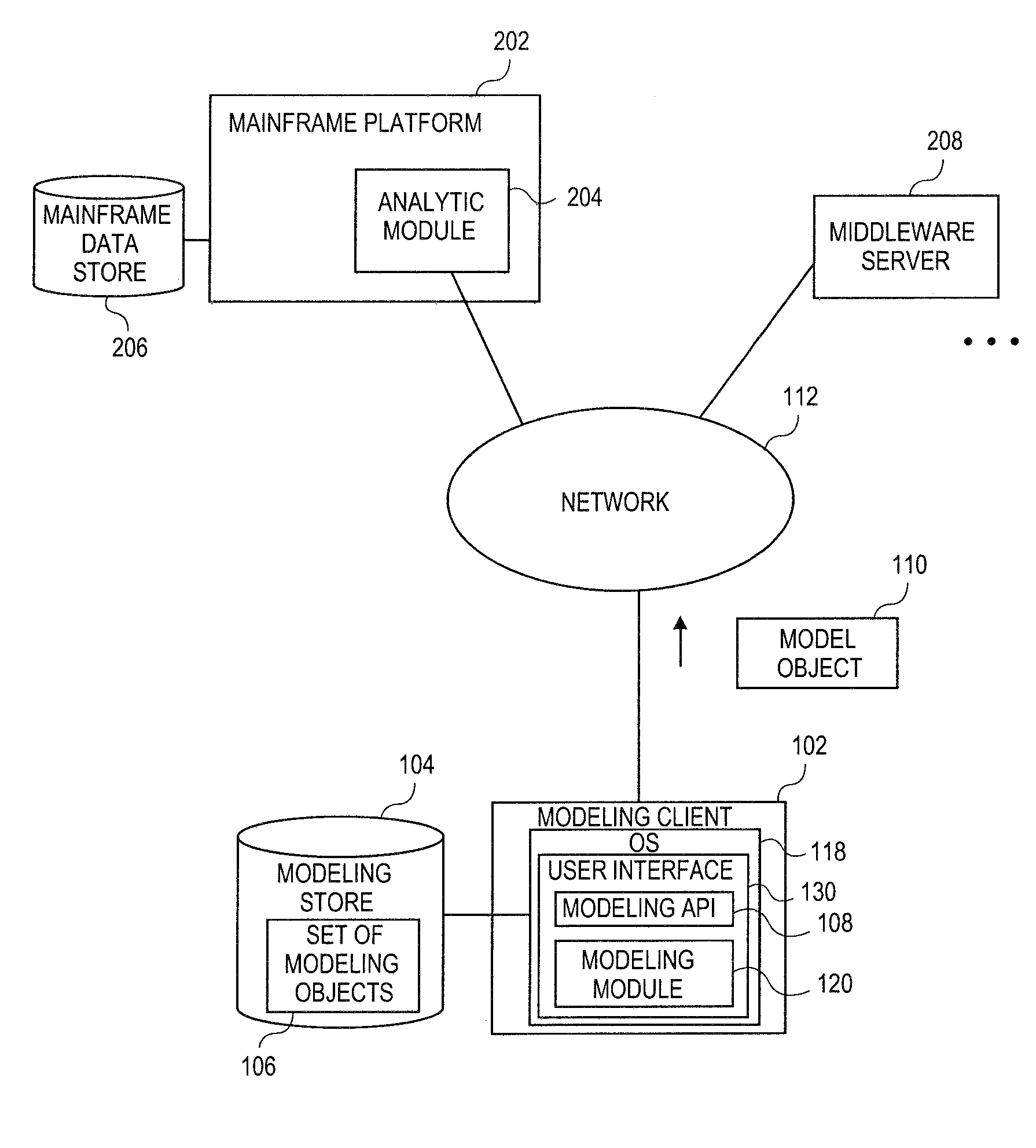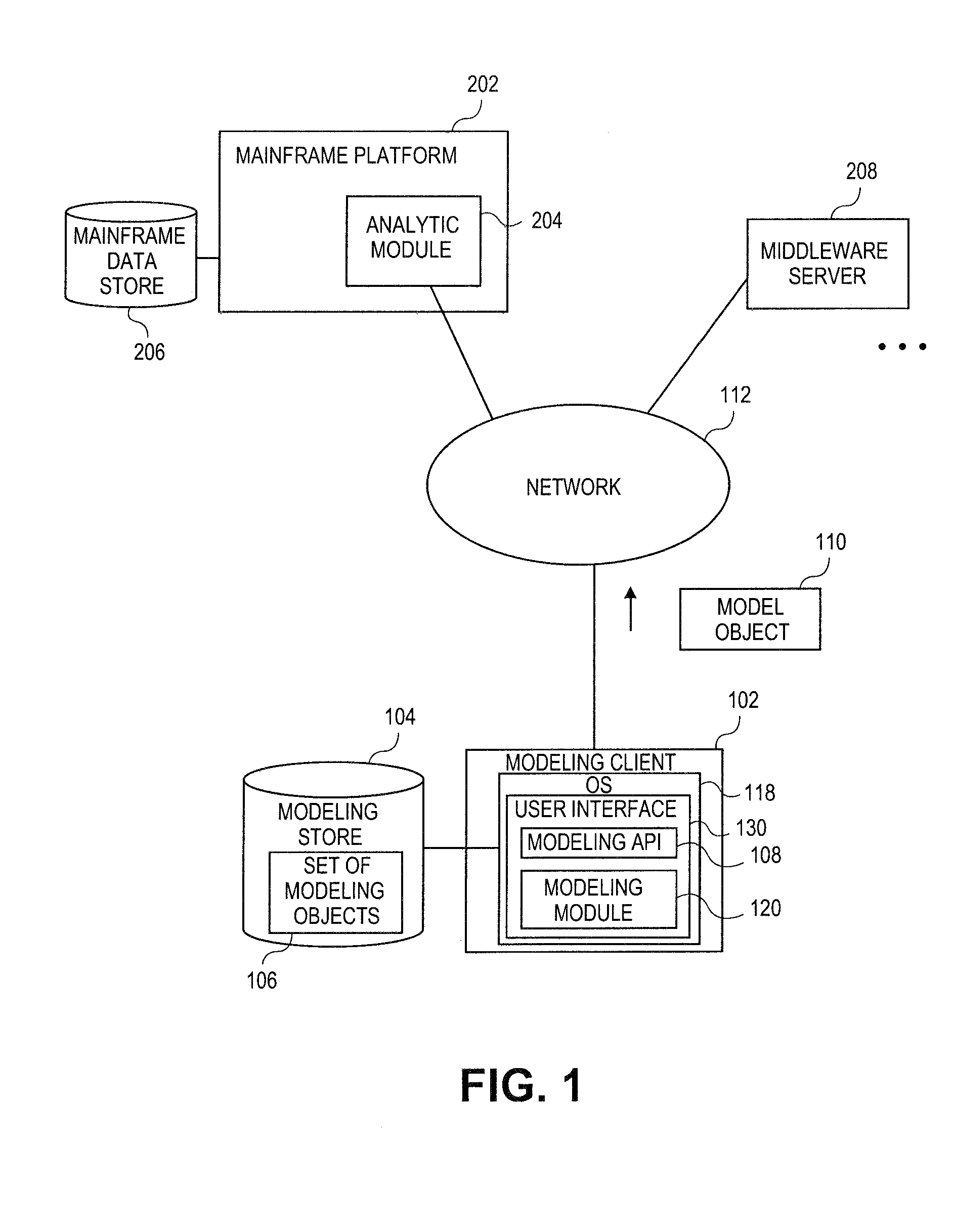Systems and methods for extracting database dimensions as data modeling object
a database and database technology, applied in multi-dimensional databases, software level energy consumption reduction, instruments, etc., can solve the problems of inability to meet the needs of large-scale installations, large-scale installations that involve millions of dollars or more, and require the full time attention of highly skilled professionals
- Summary
- Abstract
- Description
- Claims
- Application Information
AI Technical Summary
Problems solved by technology
Method used
Image
Examples
Embodiment Construction
[0012]Embodiments of the present teachings relate to systems and methods for extracting database dimensions as a database modeling object. More particularly, embodiments relate to platforms and techniques that can access, extract, and generate modeling objects in a native object-based or object-compatible format from a multi-dimensional or other database source. The modeling objects produced via a modeling client or other modeling tool according to the present teachings can encapsulate both source data describing a physical, medical, technical, financial, or other process or phenomena, and modeling attributes that relate the source data to predictive scenarios, specific models, and other features. In embodiments, the modeling objects can be extracted or “lifted” from data sources such as database programs or others, and stored to local storage of a local modeling client. The model objects can be made visible or available via the desktop or other user interface of the modeling client...
PUM
 Login to View More
Login to View More Abstract
Description
Claims
Application Information
 Login to View More
Login to View More - R&D
- Intellectual Property
- Life Sciences
- Materials
- Tech Scout
- Unparalleled Data Quality
- Higher Quality Content
- 60% Fewer Hallucinations
Browse by: Latest US Patents, China's latest patents, Technical Efficacy Thesaurus, Application Domain, Technology Topic, Popular Technical Reports.
© 2025 PatSnap. All rights reserved.Legal|Privacy policy|Modern Slavery Act Transparency Statement|Sitemap|About US| Contact US: help@patsnap.com



